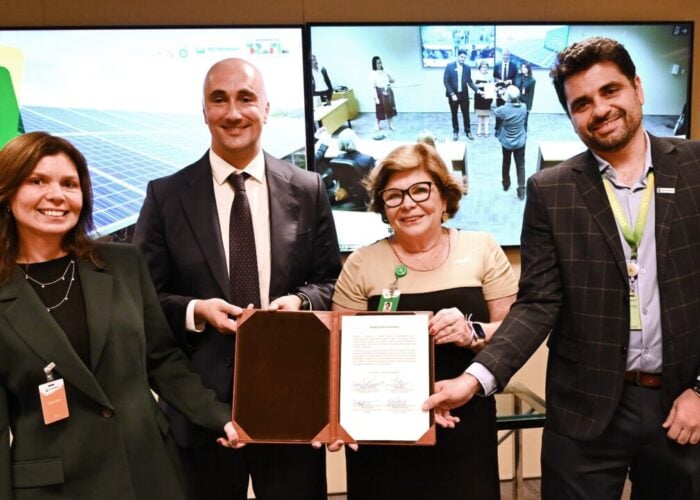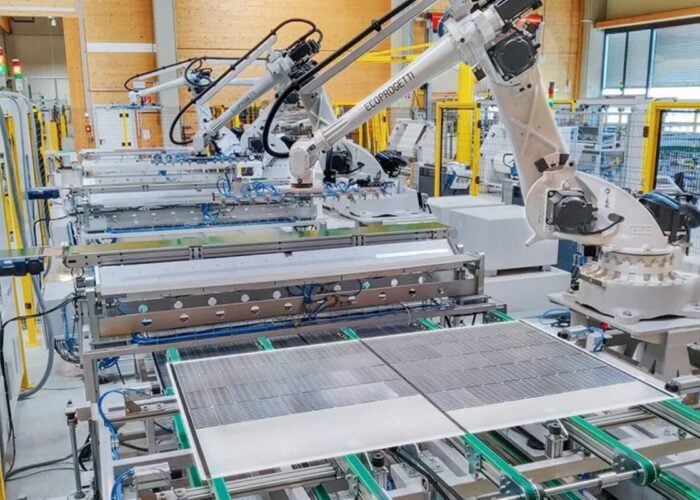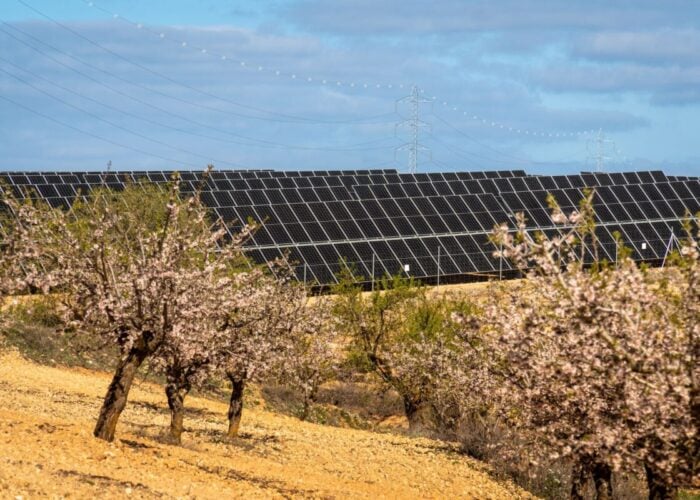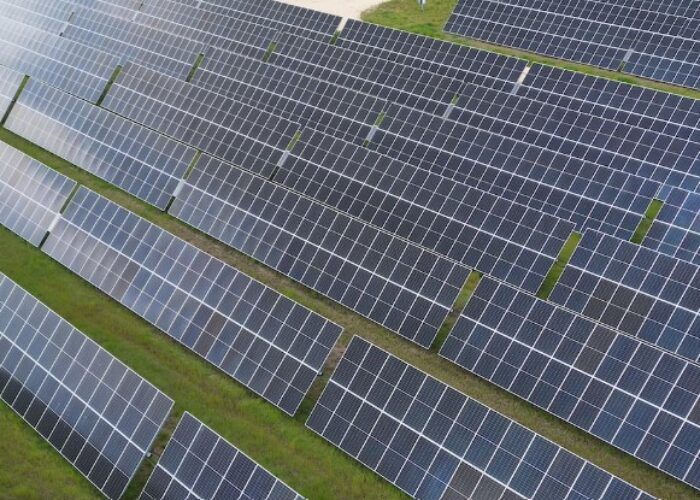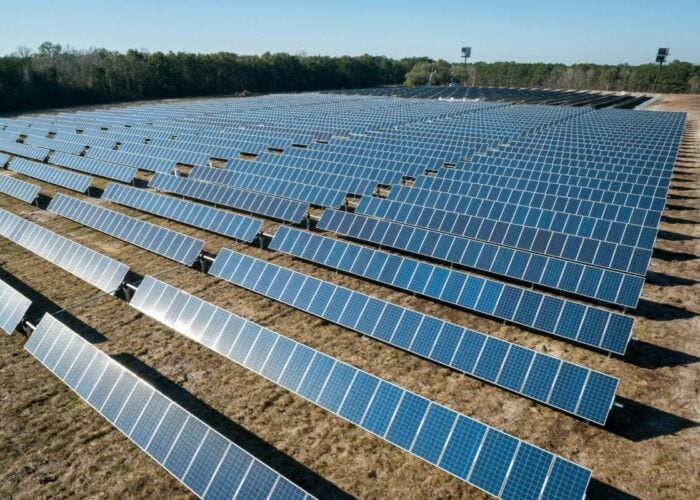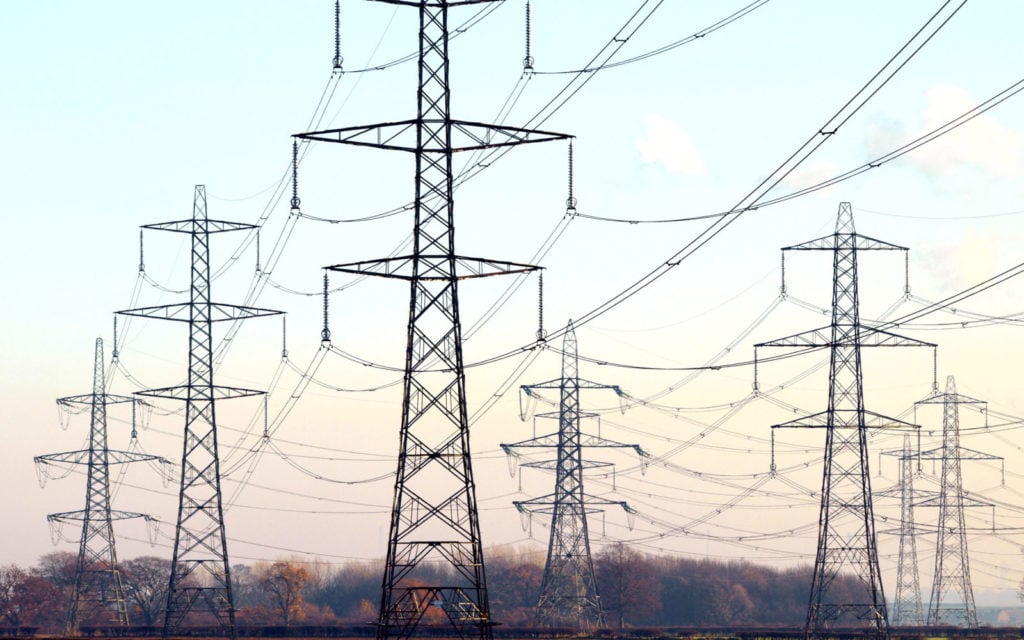
Italian grid operator Terna will invest €9.5 billion (US$10.45 billion) to help improve the country’s national transmission grid and build cross-border interconnections, paving the way for easier access for renewables.
Total capital investment from 2021 until 2025 will be €10 billion and is to be focused on improving Italy’s grid between the southern regions, where most energy is produced, and the northern regions where the demand is highest, to help integrate the increase of renewable projects as well as energy storage and building cross-border interconnections.
Try Premium for just $1
- Full premium access for the first month at only $1
- Converts to an annual rate after 30 days unless cancelled
- Cancel anytime during the trial period
Premium Benefits
- Expert industry analysis and interviews
- Digital access to PV Tech Power journal
- Exclusive event discounts
Or get the full Premium subscription right away
Or continue reading this article for free
With the RePowerEU strategy to boost solar PV in Europe with the addition of 420GW by 2030, improvements to Italy’s transmission grid will facilitate the integration of greater quantities of renewables and energy storage and help reduce grid congestion in the country.
In the revised industrial plan, Terna will invest €5.6 billion for that purpose and among its plans is the Tyrrhenian Link project which will consist of a power line connecting the Italian regions of Sardinia, Sicily and Campania.
Other projects include an interconnector between Sardinia, Tuscany and France’s Corsica, as well as a power line connecting Emilia-Romagna and Tuscany.
Moreover, the Italian company plans on building new interconnectors with France, Austria, Greece and Tunisia in order to reinforce its “role as a European and Mediterranean electricity transmission hub”.
“Our capital expenditure [of €10 billion], which has a key role to play in enabling Italy and Europe to meet the goals that have been set, will allow us to integrate renewable sources and electrify consumption and to guarantee ever greater security and efficiency of supply, a system that is fit for purpose and improved quality of service, whilst cutting costs for consumers and businesses,” said Stefano Donnarumma, CEO of Terna.
Recently, PV Tech Premium spoke with grid stakeholders on how grid systems will expand from national territories and it with international connections becoming the norm by the end of the decade.
From the total investment for its regulated activities, €2.6 billion will be allocated to modernise the current infrastructure in order to strengthen the rise in electricity flow, with the remaining €1.3 billion (US$1.43 billion) for its “Defence Plan”.
Terna said this will help improve the stability of the system and improve voltage regulations, as well as protecting the grid’s resilience to accrued extreme weather.
Terna’s planned investment for that period will increase its regulated assets value to €22.7 billion in 2025, with a CAGR of 7% during that period, closing 2022 €1 billion higher than 2021.
The company said its internal technological improvements in the past couple of years helped the acceleration to solve congestion in certain areas of the grid with a boost of 400MW of capacity between the southern and northern parts of Italy.
From the €10 billion capital expenditure for 2021-2025, €1.2 billion will be invested in digitalisation and innovation to improve its transmission infrastructure and the resilience of the grid.
Terna is expecting its non-regulated activities to bring more than €450 million to the company’s EBITDA during 2021-2025 through its O&M activities, fibre network and industrial activities.
In the financial aspect, Terna expects this year’s revenue to reach €2.74 billion and rise to €3.08 billion in 2025, with an expected EBITDA of €1.9 billion in 2022 and €2.14 billion in 2025.

